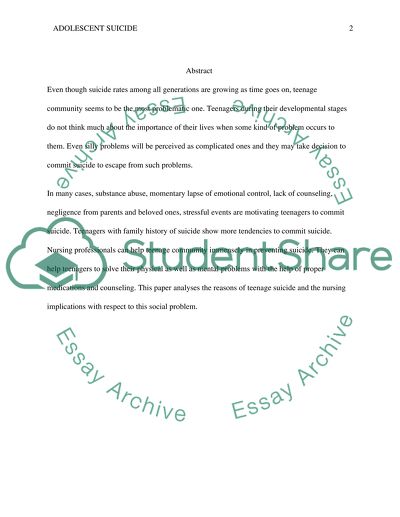Cite this document
(“Adolescent Suicide Research Paper Example | Topics and Well Written Essays - 2000 words”, n.d.)
Retrieved from https://studentshare.org/nursing/1396831-adolescent-suicide
Retrieved from https://studentshare.org/nursing/1396831-adolescent-suicide
(Adolescent Suicide Research Paper Example | Topics and Well Written Essays - 2000 Words)
https://studentshare.org/nursing/1396831-adolescent-suicide.
https://studentshare.org/nursing/1396831-adolescent-suicide.
“Adolescent Suicide Research Paper Example | Topics and Well Written Essays - 2000 Words”, n.d. https://studentshare.org/nursing/1396831-adolescent-suicide.


